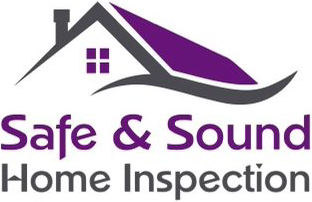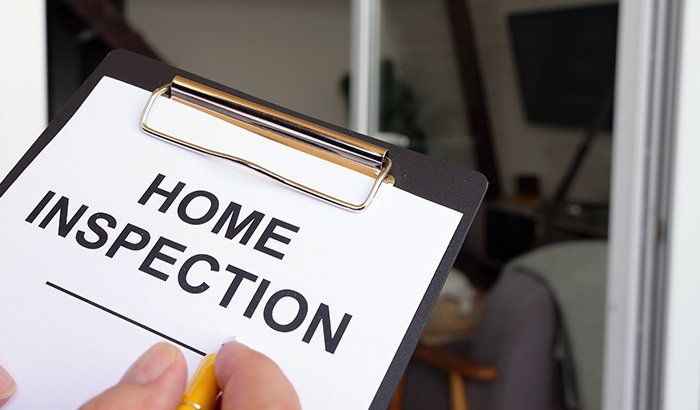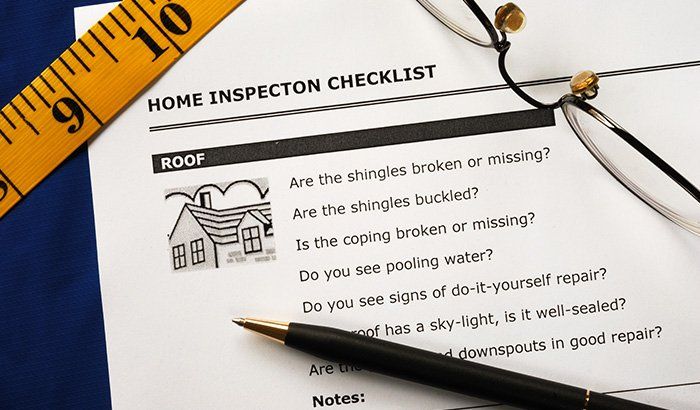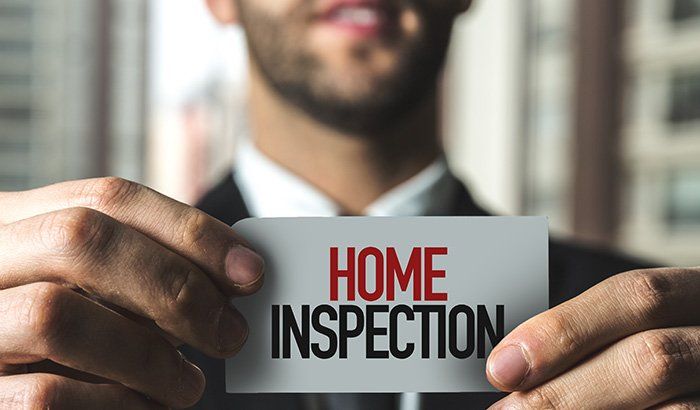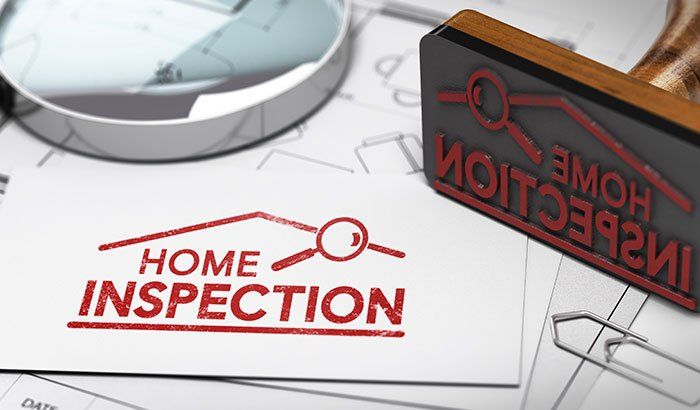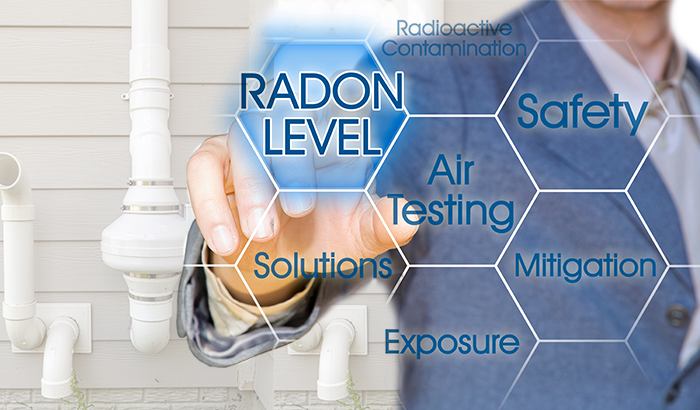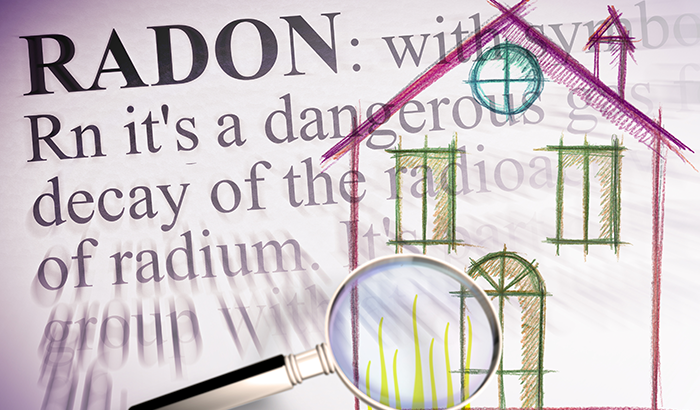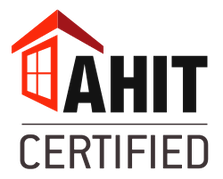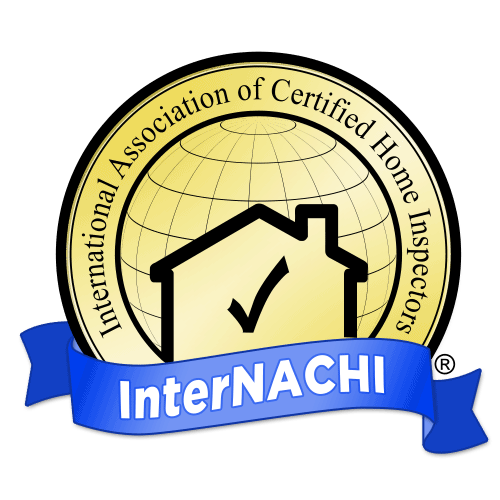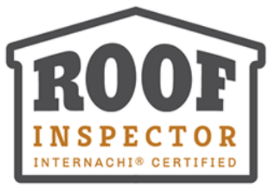Why Radon Mitigation Is a Must for Your Home Inspection?
7064392620 • March 16, 2022
When buying or selling a home, it’s concerning if radon comes into play, but radon mitigation systems can effectively reduce gasses to a safe level.
As a homeowner, you’re probably familiar with the potential risks of carbon monoxide, but radon hazards are less often discussed. Whether you’re selling your home or are just settling into a new one, it’s essential to have it tested and know what to do if you get an elevated result.
What Is Radon Mitigation?
Radon mitigation is a process that reduces radon gasses from a home or other building. Various mitigation techniques aim to accomplish the following two tasks:
Reduce the concentration of radon gas in your home by venting it safely outside.
Prevent radon gas from entering a structure in the first place by removing it from under the foundation preemptively.
How Does Radon Mitigation Work?
There are several types of radon mitigation systems to choose from based on the structure of your home. These systems are designed to be unobtrusive and seamlessly work in a variety of spaces. Here are some of the most common radon methods for radon protection and mitigation:
- Sub-slab depressurization for basements and slab-on-grade foundations is the most common method for radon mitigation. A sub-slab depressurization system uses a fan and PVC pipe to draw air from below the basement and then vent it above the roof to dissipate outside.
- Sub-membrane depressurization for crawl spaces - If you have a crawlspace under your home, a fan can be used to lower the air pressure. This fan will draw the air up from the crawlspace area and routed through PVC pipe to the roofing system of your home.
- Sealing openings - Sealing is a broader part of the radon mitigation process. Experts will seal holes, cracks, and sump covers near the suction point to prevent the loss of pressure near the vent pipe.
- Air exchangers - Air exchangers can be used in homes with unusual conditions under the floor or inaccessible crawl spaces. These machines exchange the air from inside and outside the house through the process of dilution.
- Radon vent fans - Radon vent fans are specialized devices used to remove radon without allowing the gasses to leak or escape.
Why Do Inspectors Test for Radon?
Any home can have high levels of radon regardless of location, neighborhood, or age of the house. For this reason alone, it’s crucial to have your home tested for radon during your home inspection. Here are four more reasons why you should have your home inspected for radon gas.
1. To protect clients from lung cancer risks
According to the Environmental Protection Agency (EPA),
radon gas exposure is the second leading cause of lung cancer in the United States. It’s estimated that up to 22,000 lung cancer deaths in the U.S. each year are related to this health hazard. The EPA released the Home Buyer’s and Seller’s Guide to Radon, recommending that everyone know any home's radon level before purchasing.
2. To protect sellers from sales falling through
As a seller, you don’t want to scare off your buyers. If you’re selling your home, it’s wise to test it for radon gas before you put it on the market. That way, you can take care of the problem before listing your home. You will risk the sale contract falling through if you know about a radon problem and don’t accommodate a radon mitigation system.
3. Your home falls within an area with high radon levels
In 1993, the EPA developed the Map of Radon Zones to identify the areas within the United States with the greatest potential for elevated indoor radon levels. This map is based on indoor radon measurement data, geology, aerial radioactivity, soil parameters, and foundation types. It’s always a sound idea to test for radon before selling your home, but it's especially paramount if it lies within one of these areas.
4. To protect buyers from unwanted additional expenses
If radon testing finds that a mitigation system is needed, the installation will protect the buyers from an unwanted additional expense. These systems have an average cost of $1,200 to $2,500, depending on the home. To protect yourself as a buyer, ensure that radon testing and mitigation are done before purchasing the home.
What Should Buyers Ask About Radon?
If you’re buying a house, always ask whether it’s been recently tested for radon. If it has, ask to see the results and verify that the radon gas levels are below four pCi/L. If the levels are elevated, ask for radon mitigation to bring the levels below the acceptable limit.
If the home hasn’t been tested for radon recently, request that the house be tested before committing to the purchase.
Will Testing Slow Down the Buying Process?
Some prospective buyers have concerns that testing might slow down the buying process. Fortunately, these tests are short-term and only take between two and three days. Once the test has been retrieved, the certified results will come shortly after that. Radon specialists work with inspectors and realtors to promptly ensure that the test is set and picked up.
Stay a Step Ahead of Radon, Schedule a Radon Testing with Safe & Sound Home Inspection
If you are in the process of buying or selling a home, radon mitigation and testing are crucial. At Safe & Sound Home Inspection, we recommend that every home be tested so that you're informed and have options on how to mitigate radon risks best.
Our certified team uses high-end radon equipment. This equipment scans your home hourly, giving us direct feedback on radon levels, pressure, humidity, and temperature readings to promptly advise you if you need to look into radon protection.
One in three homes in Utah has high radon gas levels and needs radon mitigation. If you live in the Wasatch Front, contact us
to learn more and to schedule an appointment.
